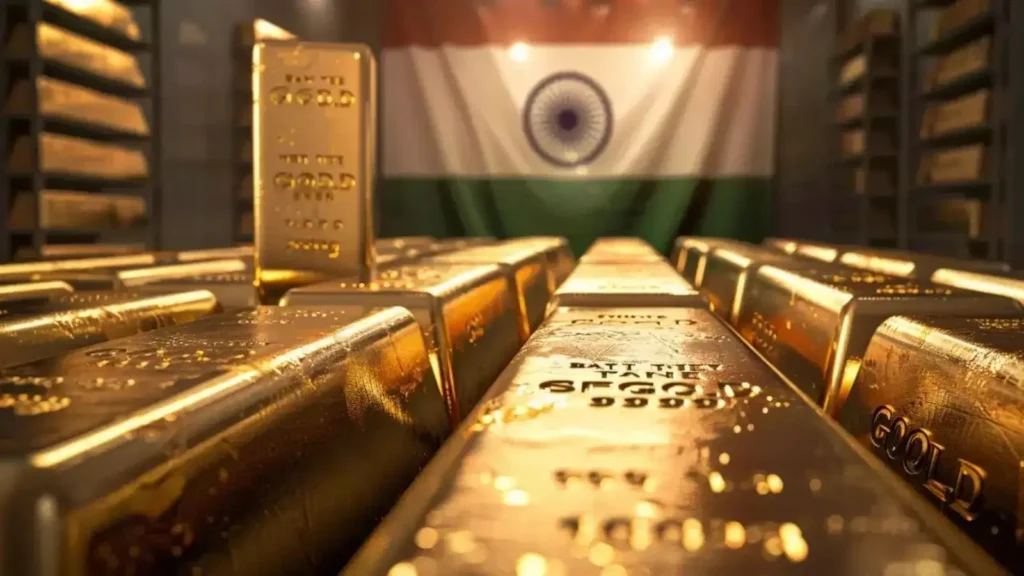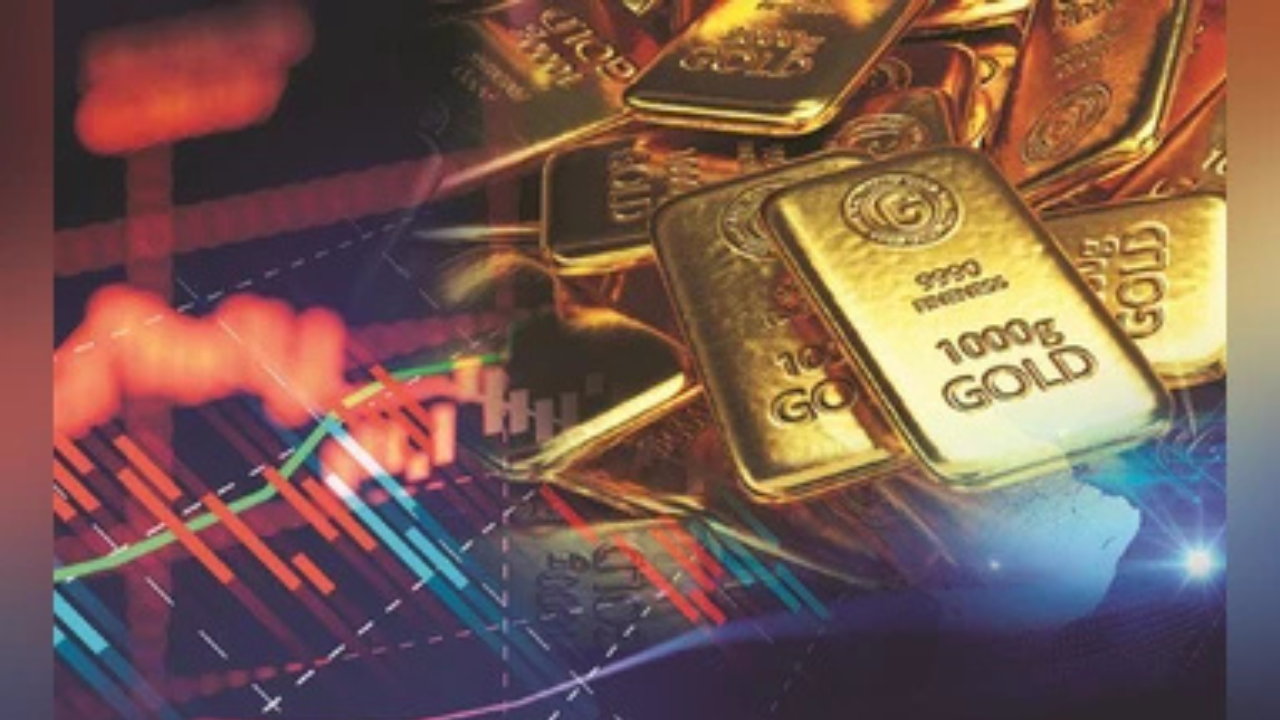India’s Consumption Loans: India’s consumption loan market witnessed a sharp rise in the first quarter of FY26, with total outstanding loans climbing 14.5% year-on-year to ₹105.6 trillion. The growth was primarily led by gold loans, which recorded an exceptional surge, while segments such as personal loans and credit card originations slowed down, according to the latest CRIF High Mark report.
The acceleration in gold loans highlights a shifting consumer preference for asset-backed borrowing amid rising gold prices and higher valuations. On the other hand, demand for personal loans—once a leading driver of consumption credit—lost momentum, signaling possible caution among borrowers in unsecured categories.
This evolving lending landscape shows how Indian households are balancing credit choices in response to changing economic conditions, asset values, and consumption patterns. While gold loans, home loans, and auto loans registered strong growth, credit cards and unsecured personal loans saw muted demand.
Gold Loans Dominate Growth in Q1FY26
Gold loans emerged as the fastest-growing segment in Q1FY26:
- Growth Rate: 34.6% YoY, reaching ₹13.4 trillion in outstanding loans.
- Origination Value: Rose 38.4% YoY, supported by higher valuations amid rising gold prices.
- Market Players:
- Public Sector Banks (PSBs): Accounted for 51.9% of total gold loan originations by value.
- NBFCs: Dominated small-ticket gold lending volumes, catering to middle- and lower-income borrowers.
The report noted resilient asset quality in the gold loan segment, with improving early-stage delinquencies. Stress was limited to larger ticket loans above ₹5 lakh, while small-ticket loans remained stable.
Personal Loans and Credit Cards Show Decline
While gold loans fueled overall growth, other unsecured lending categories slowed down:
- Personal Loans: Growth slowed to 8.7% YoY, indicating a deceleration from double-digit expansion seen in previous years.
- Credit Card Originations: Dropped sharply, reflecting weaker demand or tighter credit assessment by lenders.
This slowdown suggests that borrowers may be exercising more caution in unsecured credit, possibly due to higher interest rates, rising household debt, or lender risk management.
Home Loans Continue to Lead in Value
Despite gold loans dominating growth percentages, home loans remained the largest contributor to overall loan origination by value:
- Share of Origination: 52.1% in Q1FY26.
- Driver: Elevated property prices, particularly in India’s urban housing markets.
The resilience of housing loans demonstrates sustained demand for real estate, even as affordability challenges grow in metropolitan areas.
Read about: Bank of Baroda Classifies RCom Loan as Fraudulent, Names Anil Ambani
Two-Wheeler and Auto Loans Pick Up Pace
Apart from gold and home loans, vehicle financing also showed strength:
- Two-Wheeler Loans: Benefited from strong demand in semi-urban and rural markets.
- Auto Loans: Gained momentum due to rising car ownership in urban centers and availability of attractive financing schemes.
This indicates improving consumer confidence in durable purchases, even as unsecured categories weaken.

Asset Quality Outlook
The report highlighted that asset quality across most categories remains resilient:
- Gold Loans: Stable, with limited stress in higher ticket segments.
- Overall Consumption Credit: Early-stage delinquencies have improved, while late-stage stress remains under control.
This suggests that lenders are better managing risk, aided by collateralized loans like gold and housing finance, which provide security against default.
Conclusion
India’s consumption loan portfolio is undergoing a notable shift. In Q1FY26, overall growth of 14.5% was driven primarily by gold loans, which surged on the back of rising gold valuations and borrower demand for secured, short-term credit. At the same time, personal loans and credit card originations showed clear signs of deceleration, reflecting both borrower caution and stricter lender assessment.
Home loans continue to dominate in value terms, underscoring the strength of India’s real estate sector despite high prices in urban centers. Meanwhile, auto and two-wheeler loans are seeing renewed demand, pointing to improving consumer sentiment in durable purchases.
The key takeaway is that borrowers are gravitating toward asset-backed credit products such as gold and home loans, while unsecured credit appetite slows. For lenders, this means a shift in portfolio composition with greater reliance on collateralized lending to sustain growth.
As the financial year progresses, the balance between secured and unsecured lending will likely determine the trajectory of India’s consumption credit market.
Also read: 2025 McLaren Trophy Europe: Season Kicks Off at Brands Hatch with High-Octane Action
FAQs India’s Consumption Loans
1. What was the total size of India’s consumption loans in Q1FY26?
India’s consumption loan portfolio stood at ₹105.6 trillion in Q1FY26, marking a 14.5% year-on-year increase, according to CRIF High Mark.
2. Why did gold loans grow so rapidly?
Gold loans rose 34.6% YoY to ₹13.4 trillion, driven by rising gold prices, increased valuations, and strong demand for secured short-term credit.
3. Why is personal loan growth slowing down?
Personal loan growth decelerated to 8.7% YoY due to higher interest rates, rising household debt levels, and stricter credit assessment by lenders.
4. What share do home loans hold in the loan market?
Home loans accounted for 52.1% of total loan origination by value in Q1FY26, making them the largest segment, fueled by elevated property prices in urban areas.
5. What does the trend in asset quality suggest?
Asset quality remains stable, with improving early-stage delinquencies. Gold loans and home loans, being collateralized, are less risky, while stress is mainly limited to larger-ticket unsecured loans.
